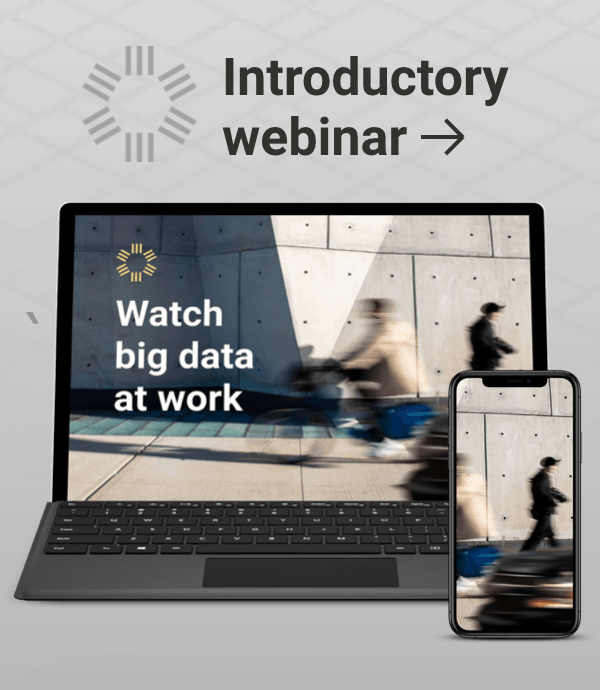
The Status Quo for Traffic Pattern Data

Traditionally, collecting data on traffic patterns has been hard to do. This article discusses some of the standard methods employed by transportation engineers and planners to better understand travel behavior, in particular, internal and external flows in a city or region.
How Internal & External Travel Patterns are Collected
A very popular method for many years, license plate surveys match-up actual observed vehicles in a location (e.g a Mall parking lot) with the registered stats. This enables an engineer to understand if a person has traveled far from home, and which times of day he or she frequent the location. While such surveys can yield good information, the method can quickly become cost prohibitive. Needing people on the ground to collect the data limits the data collection period and even the possible geographic scope. In addition, heightened consumer privacy sentiment has resulted in this practice becoming less popular and potentially even illegal in some parts of the country.
A second type of surveys, intercept surveys, come in many flavors. At the core though, an intercept survey is a series of questions posed to travelers and commuters to gauge how they make decisions about their travel. Such surveys may ask for details on previous travel or regular trips that are made for commuting or recreation purposes. As with license plate surveys, the costs can quickly run high when doing intercept surveys. Also, participation from the desired audience can often be a struggle with sample size of respondents being lower than ideal.
The last method is more cutting edge and dabbles in the arena of sensor technology. Bluetooth sensors are installed along roadways and they interact with smart phones as drivers pass-by. Multiple sensors along a roadway will tell if a driver stayed on the highway over the county line or used an off-ramp earlier in the trip, for example. Though this is an intriguing way to capture data on some drivers, the required installation and maintenance of the sensor limits the rapid, widespread adoption that would ultimately be quite powerful. As it stands, a series of such sensors on a roadway may only potentially capture 10% of the drivers.
StreetLight InSight® integrates data from over 100 million mobile devices—cell phones, connected cars, GPS navigation apps, wearables and more—with dozens of additional sources of spatial and statistical information. StreetLight’s analytics empowers urban planners, transportation engineers and public agencies to quickly and affordably understand traffic patterns across the United States.
